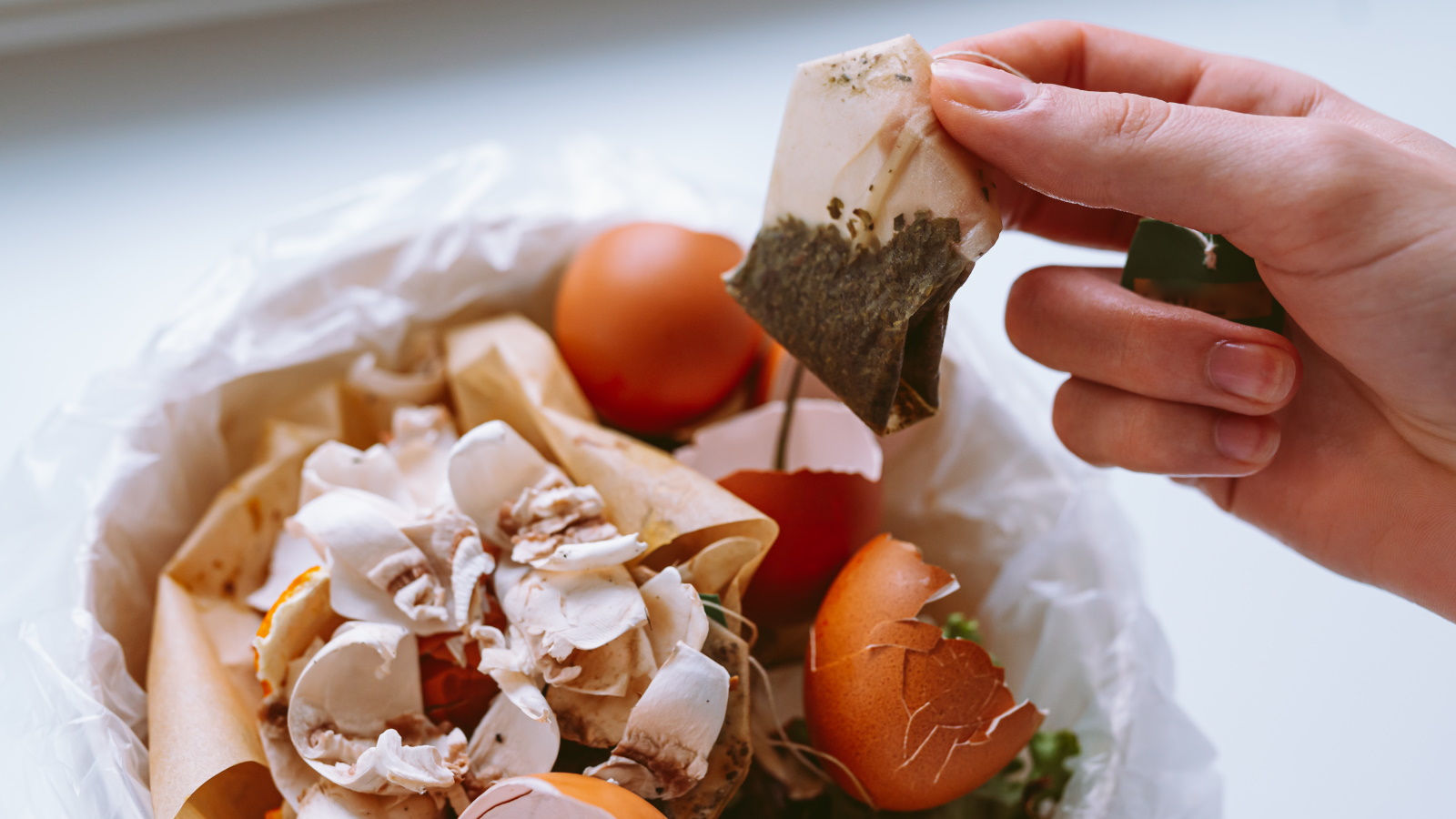It's fair to say that hydrangeas are a favourite in British gardens thanks to their lush foliage and spectacular blooms. However, if you want to keep them looking their best, they need the right conditions, regular watering and proper feeding. By following some simple rules you can make sure your blooms come beautiful year after year.
To help people out, expert at Mr Fothergill's , David Fryer, has offered some essential advice. With over 30,000 followers on Instagram , the brand has been inspiring gardeners since way back in 1978. David said: "Hydrangeas thrive in fertile, moist but well-draining soil.

Adding compost or well-rotted manure - either mixed into the soil or applied as a mulch in spring - helps retain moisture and provides nutrients. "These plants need consistent watering, especially in dry spells. During the summer, aim to water deeply two to three times a week, ensuring moisture reaches their deep roots.
" If your soil drains well, he also noted there’s little risk of overwatering. For potted hydrangeas, use a free-draining compost and water generously. He said to be mindful not to overdo it, as excess water can wash away essential nutrients.
As well as this, he said there's a simple way to boost your blooms too. David added: "Being fast-growing shrubs, hydrangeas need regular feeding to support their foliage and vibrant blooms. When planting, check whether the compost already contains fertiliser, then add in as needed.
"For best results, use a balanced fertiliser containing Nitrogen (N), Phosphorus (P) and Potassium (K). Feed with a top-dressing of fertiliser in spring after pruning, then repeat once or twice during summer. "Alternatively, you can use a liquid feed throughout the growing season, but stop feeding in autumn and winter, as the plant slows down.
For long-lasting nourishment, choose slow-release granular feeds, which deliver nutrients gradually." He also noted it's important to remember to water them to "activate the process". You can also opt for organic feeds, such as those derived from earthworm castings and manures.
If you're not familiar with hydrangeas, they are a popular genus of flowering plants. They are known for their large, showy flower heads and versatility when it comes to garden design. There are all sorts of different varieties, and they all look a little different too.
When it comes to caring for them, they tend to share some general qualities though. Usually, hydrangeas prefer partial shade, especially in hotter climates. As well as this, the plants like moist soil that is both well-drained and slightly acidic.
This can influence the colour of the flowers too. They also need regular watering to thrive, especially during dry periods. When it comes to planting, they are best planted during spring or autumn, as this will allow the roots to establish before extreme temperatures.
.
Environment

All gardeners can 'multiply hydrangea flowers' by completing one task

Lots of people have hydrangeas in their gardens. But, little you may know, there are some things you can do make them thrive even more.












